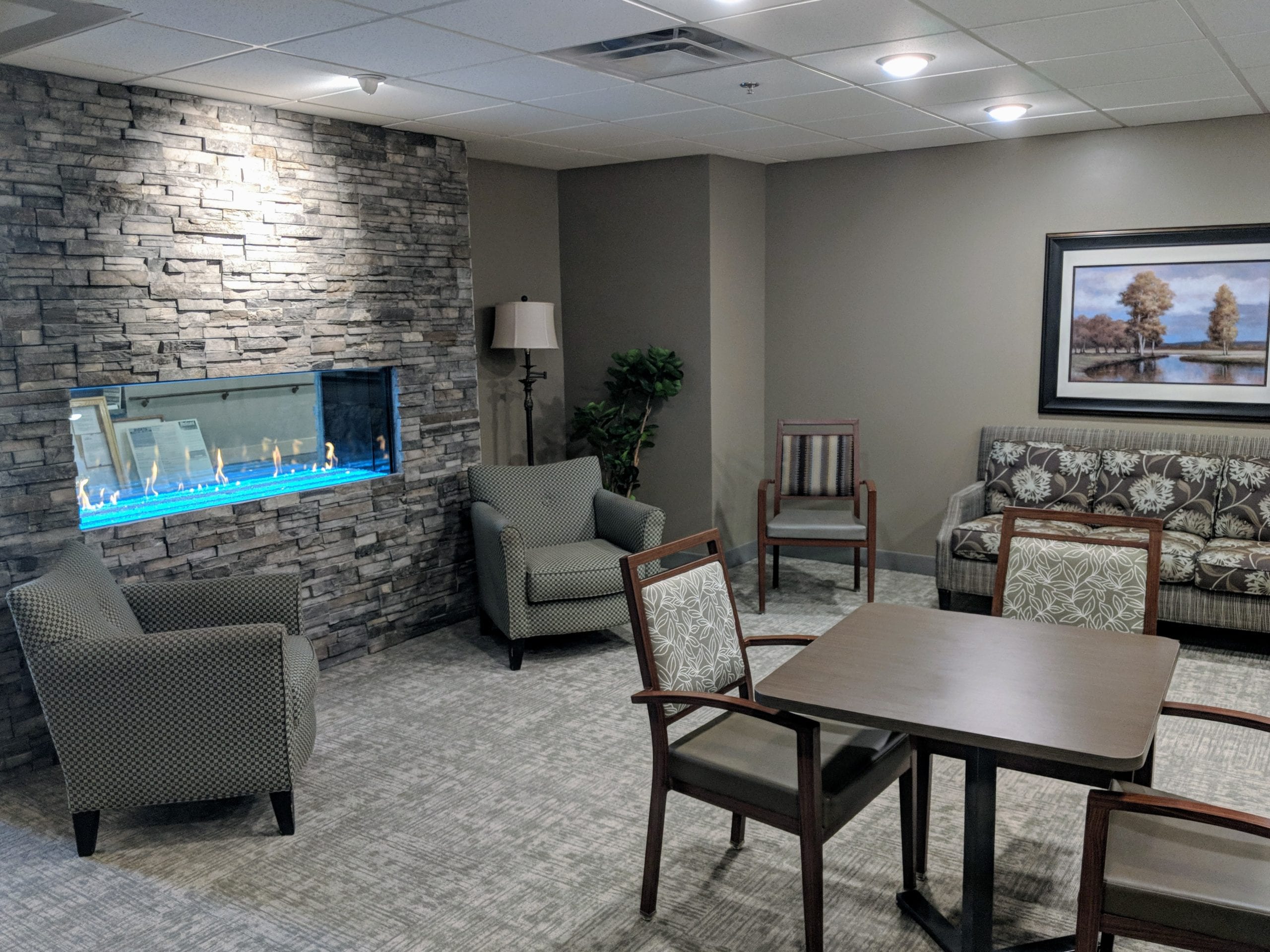Determine the Best Housing Option For Me
by Admin
Posted on 09-07-2024 10:21 AM

A continuing care retirement community , or ccrc, combines of various senior houses and care options. It may include independent living, active senior, assisted living, and nursing home services for a single senior. That is because this is the ultimate transitional community for seniors. When you invest in a ccrc, you receive senior housing based on your current level of care.
 If you are 55 and entering early retirement, you are likely to move into an active senior apartment. If you fall and break a hip and lose your mobility, you may transition to a nursing home for rehabilitation and then to an assisted living community when you regain some mobility and independence.
If you are 55 and entering early retirement, you are likely to move into an active senior apartment. If you fall and break a hip and lose your mobility, you may transition to a nursing home for rehabilitation and then to an assisted living community when you regain some mobility and independence.
Looking for housing options for yourself, an aging parent, relative, or friend? do some research first to determine what kind of assistance or living arrangement you need; what your health insurance might cover; and what you can afford. Then check here for financial assistance resources and guides for making the right choice. Talk to a hud-approved housing counselor if you have questions about your situation. Stay in your home housing choice vouchers (section 8) rural rental help.
Over 55 Retirement Communities
An over 55 retirement community is a neighborhood that has been built for adults who are at least 55 years of age.
 The starting age can vary and can be as young as 50 and as old as 60 for a starting point. Most individuals living in retirement communities are retired. Retirement communities can be single family homes, condos or even apartment living. Sometimes these neighborhoods are gated for additional
security and offer social activities for members.
The starting age can vary and can be as young as 50 and as old as 60 for a starting point. Most individuals living in retirement communities are retired. Retirement communities can be single family homes, condos or even apartment living. Sometimes these neighborhoods are gated for additional
security and offer social activities for members.
Independent living communities are a great option for older adults in generally good health who don’t want the burden of home ownership. Independent living communities usually consist of a single building—or a few buildings on a single campus—made up of studios, condos, or apartments with 1–3 bedrooms. Some independent living communities are incorporated into a continuing care retirement community (ccrc) that includes the levels of care residents may need in the future. Typically, a resident of independent living will receive a meal plan as part of their monthly fee, or as an optional add-on fee, as well as other services, like light housekeeping.
As you research your retirement senior housing options, you will find there are several types of retirement communities available to you. Independent living communities and continuing care retirement communities (ccrcs) focus on providing an energetic and engaging lifestyle for active older adults. Some of these communities may offer health care services. Alternatively, there are specialized senior living options that focus on providing supportive health services, such as assisted living and skilled nursing facilities.
Senior living communities are communities or housing arrangements designed to cater to the living requirements of older adults and provide safe, healthy and comfortable long-term care. Some communities cater to the general needs of older adults, such as physical accessibility , while others are specifically designed for people with chronic cognitive health conditions like dementia. Senior living communities may also provide recreational and fitness facilities, housekeeping services, continuing education opportunities, transportation assistance, medical care services and other essential and non-essential services to support residents in everyday life.